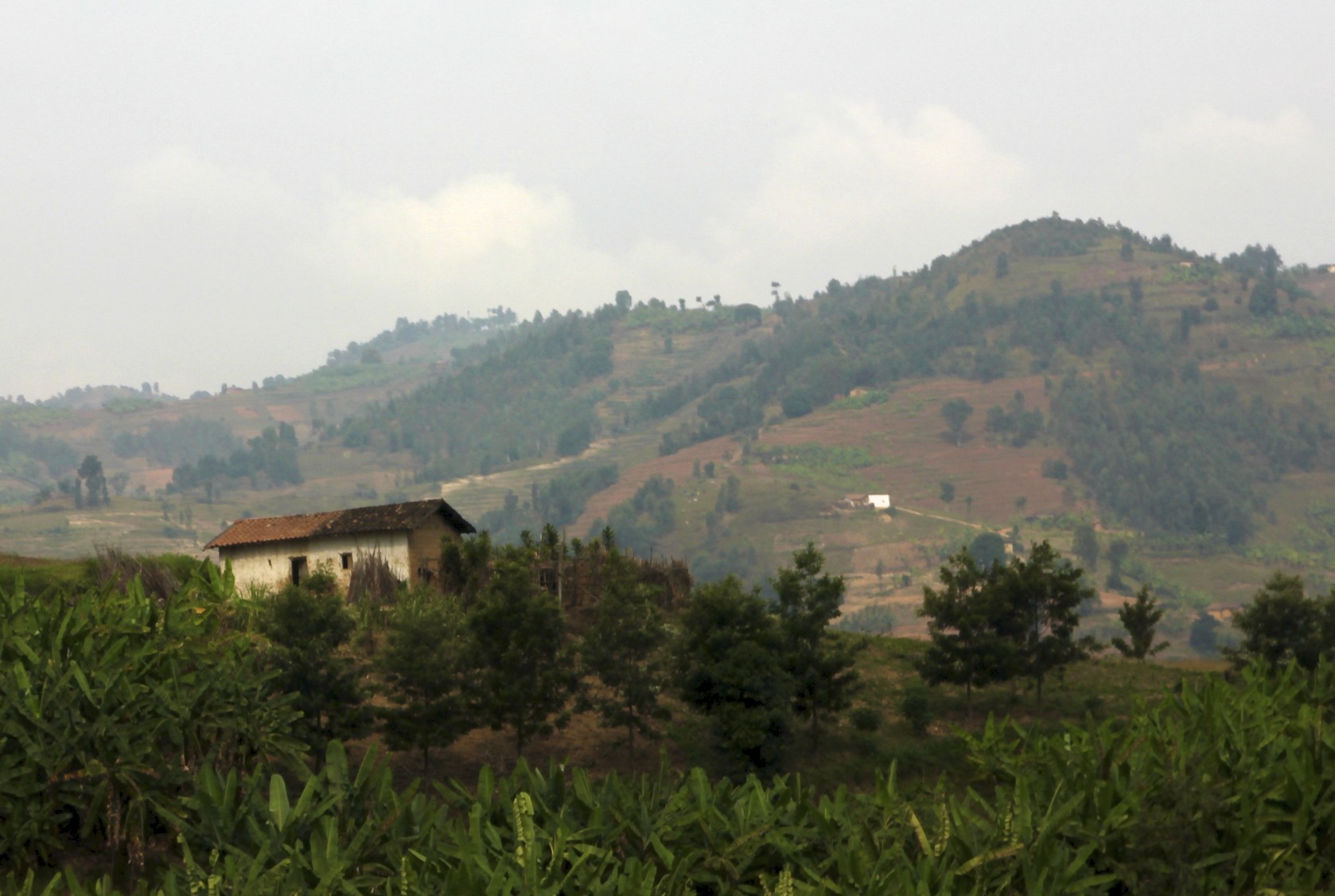"Live quietly in the moment and see the beauty of all before you. The future will take care of itself." - Parmahansa Yogananda
Have you ever questioned why certain events happen in your life? Life has an interesting way of presenting experiences to facilitate growth. It's through experience, and often suffering, that leads to a greater sense of connectedness and compassion. Each person has his or her own unique set of events that fosters spiritual awakening. My new learning experience is living with a broken ankle.
Last week, I broke my ankle while jogging outside on a beautiful Sunday morning. I was listening to music on my phone and looked the other way to check for traffic. In that brief moment of not paying attention, I came tumbling down to the ground in pain.
I knew I broke my ankle. I had a sick nauseating pain in my stomach. Twenty minutes later, I was in the ER. My ankle swelled rapidly and it turned black and blue. I was diagnosed with a nondisplaced distal fibula fracture. It's the bone on the outer part of the leg that bears up to 20% weight. The ER doctor put me in a splint and two days later I met with an orthopedic surgeon. I was given a walking cast for 30 days and either a walking boot or surgery after if it doesn't heal well.
One instant can alter the course of your life. I thought I was visiting family for the weekend and returning to Miami to teach yoga that Sunday. But other plans were in store for me.
The first week was emotional. My way of life changed and simple tasks were no long simple. At some point, I didn't know whether to laugh or cry. But if there is anything that my yoga practice has taught me is that the only way to maintain peace is to go within. Yoga isn't just the poses you see in classes. It's a way of existing in this world.
This world is filled with suffering. It is part of the human experience. This is also a noble truth in Buddhism. It is often referred to as dukkha or that which is incapable of being satisfied. So why do we suffer? We suffer because things don't go our way and desires go unfilled.
It's so easy to stay in this place of despair. On day six, I was alone and in my apartment. I started to cry and felt utterly hopeless. Will I ever fully recover? Will I teach yoga again? Then the dog came in and looked at me with her sweet brown eyes, and I remembered.
I remembered that life is worth living in the present moment. I remembered that everything in this life is temporary. I remembered that I had so much to be grateful for. I remembered that regardless of what happens externally, I am in control of my inner peace. I got out of bed. Using my crutches, I hobbled out onto the balcony and looked at the ocean.
Yes, life is filled with suffering, but there are choices. I can choose to let worldly experiences consume me or I can choose to be in control, to have the courage to face each day with love and compassion. I can choose to live in the present moment and see the beauty in life.
So how do you live in a world with pain and suffering? Choose the present moment. See the beauty before you, and the future will take care of itself.
Peace + Love,
Sam




